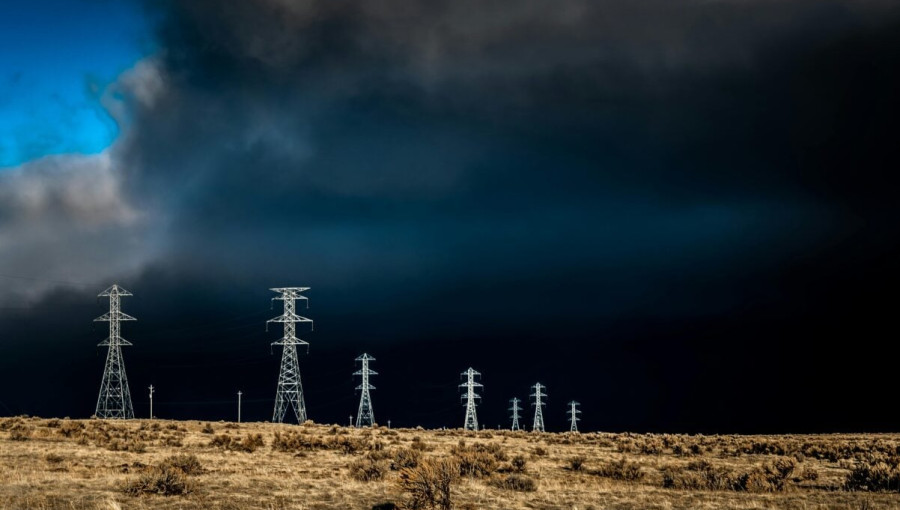The Czech government recently raised alarms over cybersecurity risks associated with solar inverters, especially those manufactured in China, which could jeopardize Europe’s power infrastructure. This initiative aligns with similar concerns from Lithuanian lawmakers, prompting calls for stricter cybersecurity legislation for solar photovoltaic systems across Europe. As the European Union acknowledges the challenges posed by the increasing reliance on Chinese technology in renewable energy, discussions are underway for comprehensive regulatory measures to enhance cybersecurity, particularly as more renewables are integrated into the grid.
The Czech government’s concerns stem from recent cyberattacks attributed to hacking groups linked to China. As discussions unfold in Brussels, Germany is also taking steps to draft cybersecurity legislation, focusing primarily on the solar sector. Uri Sadot from SolarPower Europe anticipates that draft guidelines will be released later this year, suggesting strong legislative momentum around these issues.
According to a report by cybersecurity firm Forescout, Europe houses around 76% of the world’s vulnerable solar devices, raising alarms about potential cyber exploits. Erika Langerová, a cybersecurity researcher at UCEEB, indicates that many Chinese manufacturers prioritize market speed and affordability over security, leading to poorly protected inverters. Although there’s no direct evidence linking Chinese actors to specific cyber intentions against Europe, identified vulnerabilities could still pose significant risks.
Langerová notes that European dependencies have shifted from Russian energy to Chinese technologies, complicating the legislative landscape around cybersecurity. She emphasizes the need for robust security infrastructure, pointing out prevalent weaknesses like default passwords within energy management systems. Sadot reinforces the urgency, noting that even hypothetical threats demand immediate improvements to safeguard critical energy systems from potential cyberattacks.
The situation remains precarious, with various international actors, including Russian entities, posing additional threats to Europe’s solar energy framework. The European grid does not currently have protections comparable to China’s laws against remote device control, which increases its susceptibility to cyber vulnerabilities. Sadot highlights several recent cyber incidents involving energy systems, underscoring that the implications of even minor breaches could lead to severe outages.
Despite being unable to completely rule out the possibility of cyberattacks, experts argue that the discourse around cybersecurity in energy needs to be elevated. Pre-positioning of malicious actors in critical infrastructure remains a concern, especially as global security intelligence warns of the risks posed by state-sponsored hackers. While the EU is starting to address these cybersecurity needs through forthcoming legislation, Langerová advocates for enhanced support for local inverter manufacturers as part of a holistic solution.
The debate continues over how best to anchor robust security measures in legislation, with several potential pathways being discussed. This could range from outright recalls of unsafe products to stricter regulations on how devices interact with the grid. Ultimately, both Sadot and Langerová agree that understanding solar systems as critical infrastructure will spur necessary audits and security requirements, marking a paradigm shift in Europe’s approach to renewable energy security.
As Europe grapples with these challenges, the path forward will likely require balancing cybersecurity imperatives with the region’s intricate geopolitical realities and its relationships with dominant Chinese technology firms. The anticipated changes in legislation could reshape the landscape, but the full impact on the solar industry and its security measures remains to be seen.

